The art world is witnessing a seismic shift as Generation Z artists increasingly bypass traditional gallery representation, opting instead to showcase their work on platforms like TikTok. This trend is rewriting the rules of artistic exposure and success, with many young creators viewing the algorithm-driven app as their "white cube"—the pristine gallery space long considered the holy grail of artistic legitimacy. The implications are profound, challenging centuries-old systems of curation, valuation, and career-building in fine arts.
For decades, the gallery system served as the primary gateway for emerging artists to gain recognition. A solo show in a respected white-walled space could launch careers, attract collectors, and validate artistic merit. But this system often favored those with connections, formal training, or the ability to conform to market trends. Now, artists born between 1997 and 2012 are dismantling these barriers through viral aesthetics and direct audience engagement. On TikTok, a 60-second video of a painting process can garner more eyeballs than a month-long gallery exhibition, and the feedback is instantaneous.
The platform’s democratizing power is undeniable. Unlike traditional galleries that filter artists through a narrow curatorial lens, TikTok’s algorithm surfaces content based on engagement rather than pedigree. A 19-year-old self-taught painter in Jakarta can gain millions of views overnight, while a recent art school graduate in Brooklyn might secure brand collaborations through a single viral timelapse. This bypasses the gatekeepers entirely, allowing artists to build followings—and careers—on their own terms. The metrics are transparent: likes, shares, and comments replace the opaque whispers of gallery backrooms.
Financial considerations further fuel this exodus from traditional paths. Gallery representation typically takes 40-50% of sales, on top of production costs that often fall to the artist. In contrast, TikTok monetization—through creator funds, affiliate marketing, or direct sales—puts more revenue in artists’ pockets. Some leverage their online popularity to sell prints or originals via Instagram Shop or personal websites; others transition into lucrative commercial work with brands eager to tap into their Gen Z audience. The result? A growing cohort of artists who view galleries not as dream destinations, but as optional intermediaries.
Critics argue that TikTok fame lacks the prestige of institutional validation. They point to the platform’s ephemeral nature, where artworks compete with dance trends and memes for attention. Yet this critique misunderstands how Gen Z consumes culture. For them, virality is its own form of curation—a collective endorsement more meaningful than a single curator’s approval. The most successful #ArtTok creators develop distinctive styles tailored to the platform’s visual language: bold colors, satisfying process shots, and narratives that hook viewers in the first three seconds. These adaptations aren’t "dumbing down"; they’re evolving art for a new medium.
The shift also reflects broader generational attitudes toward work and institutions. Having witnessed the gig economy’s rise and the erosion of traditional career paths, Gen Z artists approach their practice with entrepreneurial savvy. Many manage their own "art businesses" from childhood bedrooms, treating social media growth with the seriousness earlier generations reserved for gallery submissions. When established institutions do take notice—as seen in the Tate Modern’s recent collaborations with digital-native artists—it’s often after these creators have already built substantial independent platforms.
This doesn’t spell the end of physical galleries, but it does redefine their role. Forward-thinking spaces now scout talent on TikTok, while hybrid models emerge where online popularity translates into offline opportunities. Yet the power dynamic has irrevocably changed: artists enter negotiations with pre-existing audiences, diminishing galleries’ ability to dictate terms. The white cube hasn’t disappeared, but its walls have become porous—no longer the sole arbiter of what (or who) matters in art. As one 22-year-old painter with 300K followers put it: "My validation comes from people who actually care about my work, not from some velvet-rope scene I’d need permission to join." In this new paradigm, the art world is learning that relevance isn’t given—it’s earned, one scroll-stopping artwork at a time.

By /Jun 26, 2025

By /Jun 26, 2025

By /Jun 26, 2025

By /Jun 26, 2025
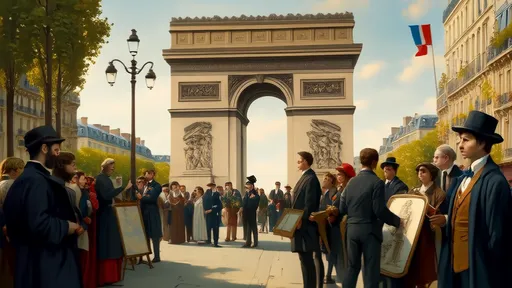
By /Jun 26, 2025

By /Jun 26, 2025
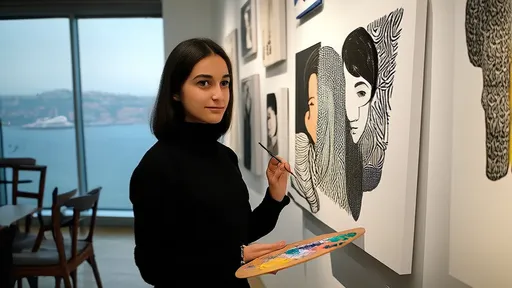
By /Jun 26, 2025
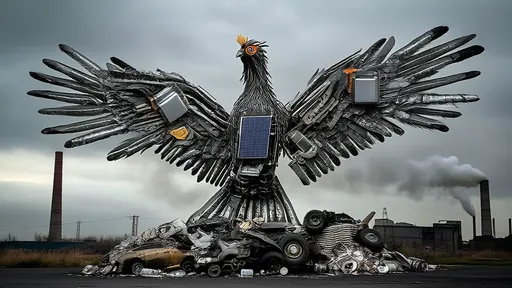
By /Jun 26, 2025

By /Jun 26, 2025
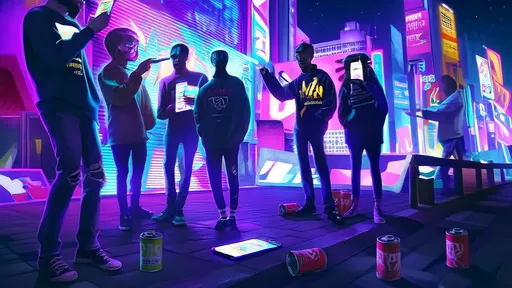
By /Jun 26, 2025
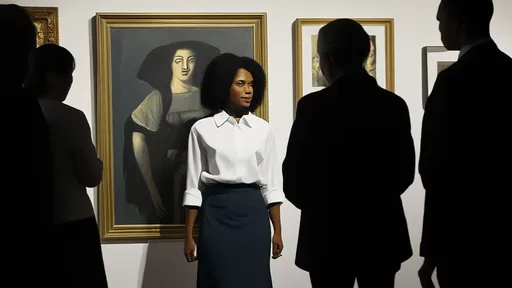
By /Jun 26, 2025
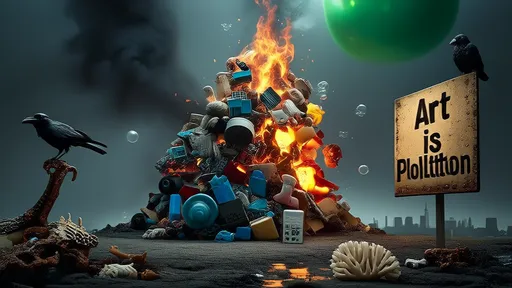
By /Jun 26, 2025
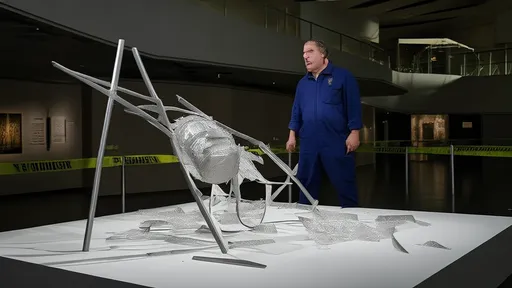
By /Jun 26, 2025
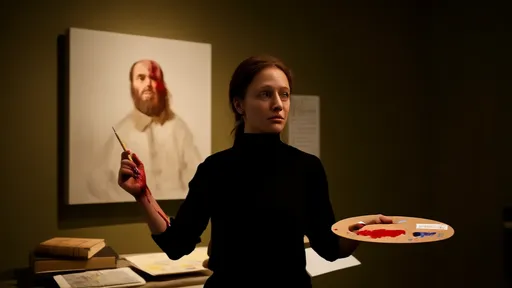
By /Jun 26, 2025
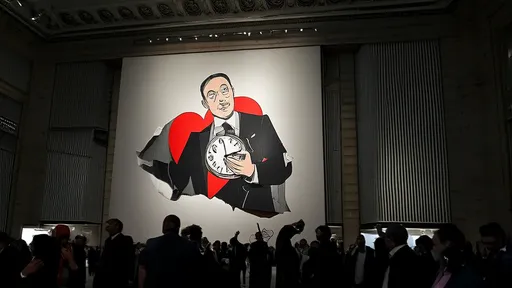
By /Jun 26, 2025
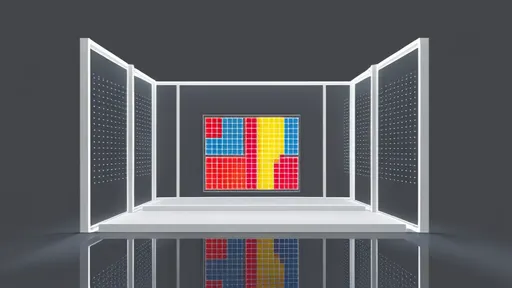
By /Jun 26, 2025

By /Jun 26, 2025